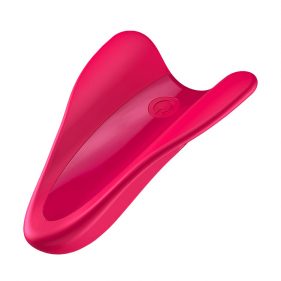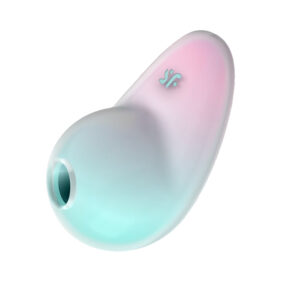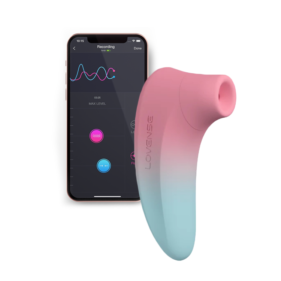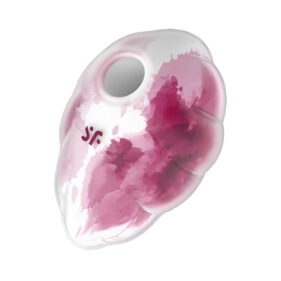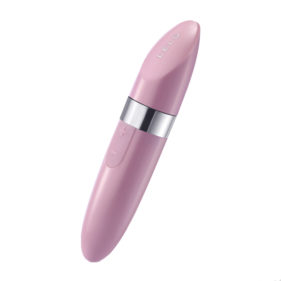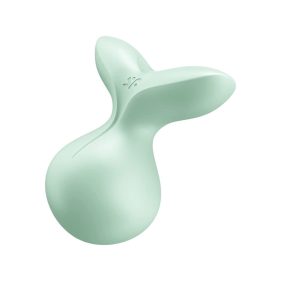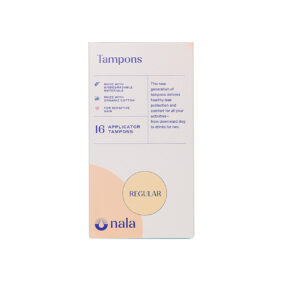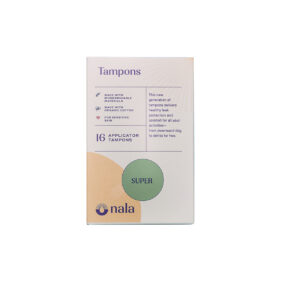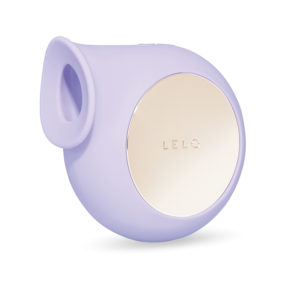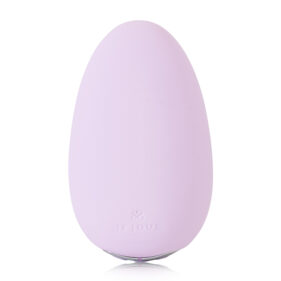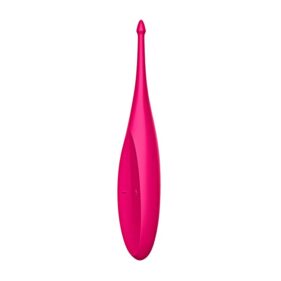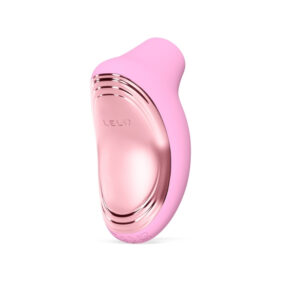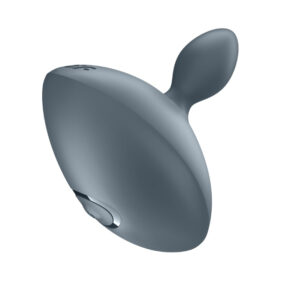
This in vitro fertilization (IVF) article is meant to source valuable information for the reader. However, it’s not meant as a substitute for direct expert assistance. If such a level of assistance is required, the services of a competent professional, such as fertility specialists, should be sought.
Are you and your partner experiencing fertility issues and are looking for ways to successfully conceive a baby? Consider getting in vitro fertilization or IVF. It’s known to be one of the most effective assisted reproductive technology treatments, increasing your chances of conceiving and giving birth to a healthy baby.
If you’re unsure of what this procedure is, we got you covered! Learn about IVF, the whole process, and things to consider before taking this treatment.
What is IVF or In Vitro Fertilization?
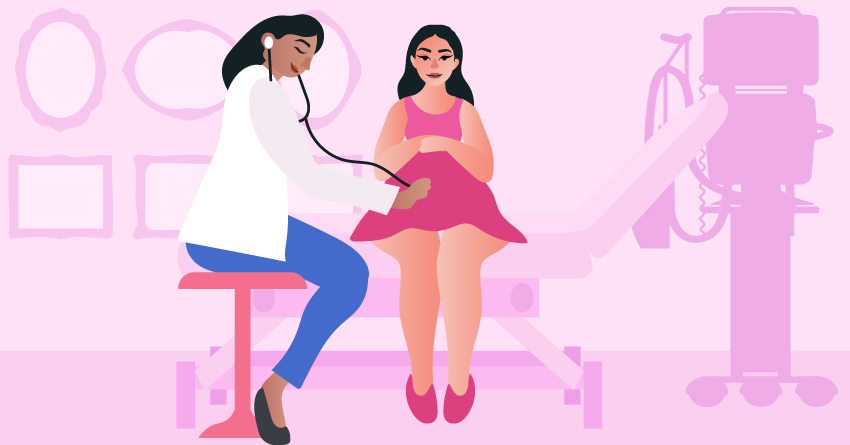
In vitro fertilization is an assisted reproductive technology (ART) process that involves surgical procedures and medications to assist a couple with fertility issues in conceiving a child. It combines a man’s sperm and a woman’s egg in a laboratory dish, then the fertilized egg will be transferred to a uterus.
It sounds pretty simple— sperm and egg get extracted, combine it in a lab dish, wait for the fertilization process, return the fertilized egg to the uterus, and then ta-da, pregnancy! However, this method is more complex than most people expected; more on that in the next section.
Required Tests Before Undergoing IVF
Before undergoing the IVF process, you and your partner may be required to partake in various screenings. This determines how capable you and your partner to undergo the procedure and predict how the female partner’s body will respond to the fertility medications. Here are the different tests that you and your partner may take on to prepare for IVF.
1Ovarian Reserve Testing
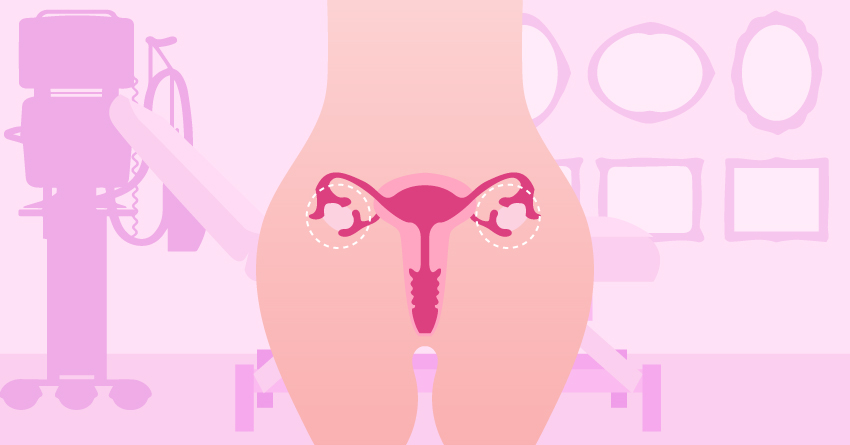
Your doctor will assess your blood during the first few days of your menstrual cycle to test the concentration of follicle-stimulating hormone (FSH), estradiol (estrogen), and anti-mullerian hormone. This determines the quantity and quality of your eggs and predicts how your ovaries will respond to the prescribed medication.
2Infectious Disease Screening

Another important test that you and your partner must take is infectious disease screening. For this one, you’ll be tested for infections that can affect the IVF process and your baby; Depending on your healthcare provider, you’ll possibly be screened for the following diseases: Hepatitis B, Syphilis, and Human immunodeficiency virus (HIV).
-
Original price was: ₱2,695.00.₱2,425.50Current price is: ₱2,425.50.
-
Original price was: ₱4,045.00.₱3,640.50Current price is: ₱3,640.50.
-
₱4,045.00
-
₱985.00
3Uterine Exam

For this test, your doctor will need to check the inside lining of the uterus. This may involve hysteroscopy, where a thin and flexible telescope is inserted deep into your vagina and cervix. Your doctor may also choose to conduct a sonohysterography, an ultrasound exam wherein fluid is injected through the cervix into your uterus to help create images of your uterine cavity.
-
₱7,530.00
-
₱4,045.00
-
₱5,000.00
-
₱3,850.00
4Semen Analysis
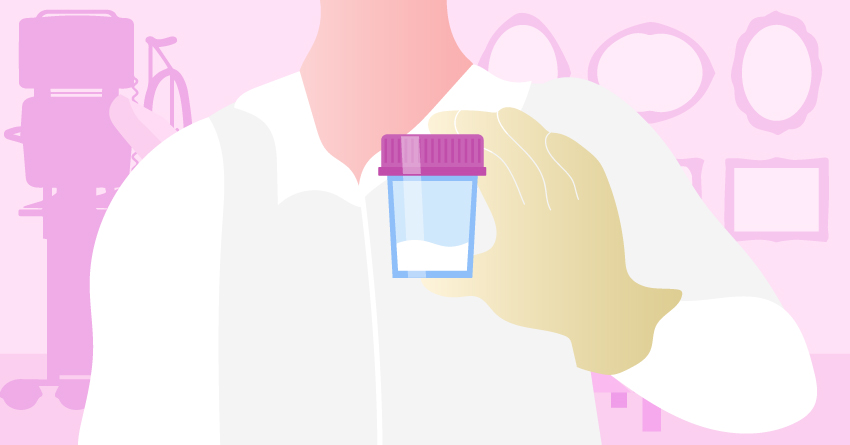 For this one, the doctor will examine the health and viability of a man’s sperm. Your partner will send a sample of their semen and be analyzed under three major factors of sperm health: sperm count, sperm shape, and sperm mobility. If your partner’s sperm is not viable for the treatment, the doctor may prescribe medications or advise you to get a sperm donor.
For this one, the doctor will examine the health and viability of a man’s sperm. Your partner will send a sample of their semen and be analyzed under three major factors of sperm health: sperm count, sperm shape, and sperm mobility. If your partner’s sperm is not viable for the treatment, the doctor may prescribe medications or advise you to get a sperm donor.
5Mock Embryo Transfer
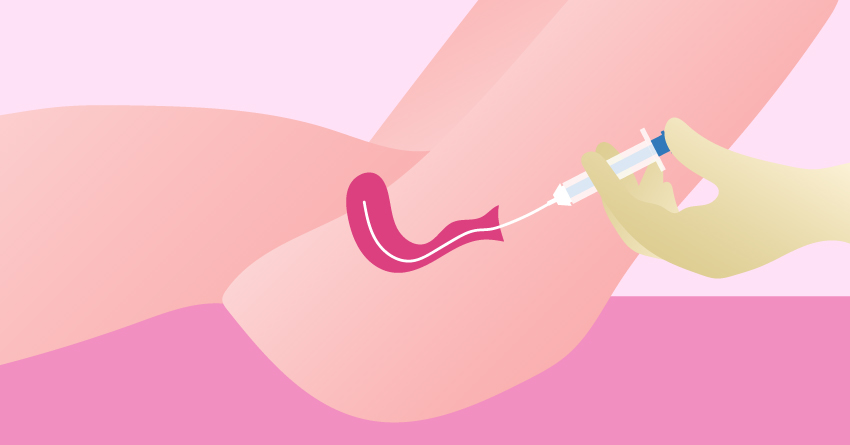
Your doctor may conduct a practice embryo transfer to determine the best technique to place the embryos into your uterus. This procedure also determines the of your uterine cavity.
The IVF Process
If you’re planning to undergo in vitro fertilization, here’s what you can expect in terms of the process. Keep in mind that one cycle can take about two to three weeks, and most cases also require more than one cycle to successfully conceive.
1Ovarian Stimulation
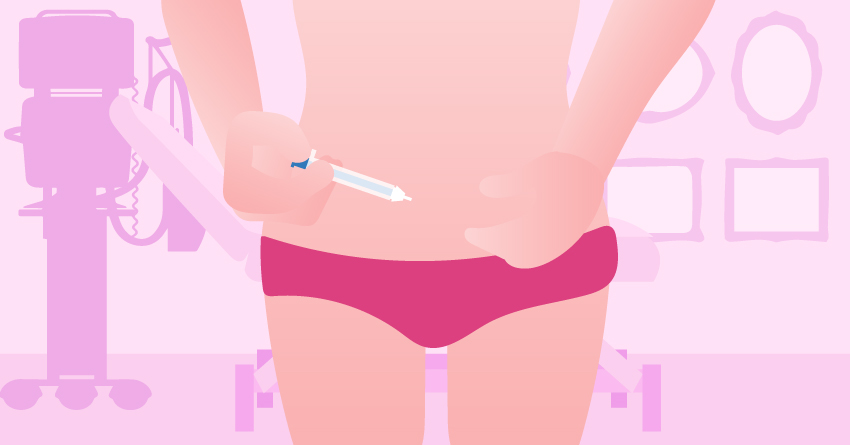
Once you’re done with the pre-treatment screening, you’ll now proceed with the IVF cycle. For the first stage, you’ll need to take medications that will stimulate your ovaries to produce more eggs. This phase is known as Ovulation Induction or Ovarian Stimulation.
You see, in a natural monthly cycle, your ovaries produce one egg. But for the IVF cycle, you’ll need to produce more as some eggs won’t fertilize or develop properly after the fertilization stage; you need to have some backup to ensure the cycle’s success.
As for the medication, there are different meds that you’ll need to take during this period; some are taken orally, while others can only be taken in injectable form. Here’s an insightful guide discussing the common medications used in this phase. Keep in mind, though, that you don’t necessarily have to take all the listed medicines on the guide; this will be decided by your doctor based on your current condition.
This phase will take at least one to two weeks. Your doctor will then conduct a vaginal ultrasound to check the development of your follicles (a small and fluid-filled sac in the ovary where the eggs mature). They may also conduct blood tests to measure your body’s response to the medications. If the number and size of the follicles are adequate and you’re cleared out from other medical issues, you can now proceed on to the next stage.
On the other hand, if your doctor notices premature ovulation, an inadequate number of developing follicles, and other issues, they may stop the cycle and change the medications; you’ll need to start over. You can also be advised to get an egg donor instead if the medical issues persist.
Trigger Injection
Before moving to the next phase, your doctor will instruct you to administer a trigger shot. This injection contains human chorionic gonadotrophin (hCG); this hormone signals the follicles to rupture and release an egg.
Make sure to follow your doctor’s instructions and administer the shot exactly on the given time. Timing is crucial for this process, as the trigger injection should be shot approximately 34 to 36 hours before egg retrieval. Your doctor or fertility specialist needs to perform the egg retrieval right before you ovulate, so if you injected the shot too early or too late, then it may lead to an unsuccessful IVF cycle.
-
₱4,745.00
-
Original price was: ₱2,445.00.₱1,956.00Current price is: ₱1,956.00.
-
₱4,045.00
-
₱4,599.00
2Egg Retrieval & Semen Collection

Once you’re done stimulating your ovaries and injecting the trigger shot correctly, you’re now ready to “harvest” your eggs. This phase is called Egg Retrieval or Egg Pick Up (EPU).
For this phase, you’ll need to go to the clinic approximately 34 to 36 hours after injecting the trigger injection. After a quick discussion with your specialist, you’ll then proceed to get sedated by an anesthetist; you’ll fall asleep for the procedure, which takes about 20 to 30 minutes.
During this period, your fertility specialist will use transvaginal ultrasound aspiration to retrieve the eggs. They will insert an ultrasound probe with an attached fine needle in it. Once they’ve located the follicles, they will remove the follicular fluid using the needle. The fluid will then get into the test tube, wherein it will be studied under a microscope to look and “harvest” the eggs.
While you’re going through the egg retrieval procedure, your partner or sperm donor will need to produce his semen through masturbation or testicular aspiration, which will be then submitted to the fertility specialist.
After the egg retrieval procedure, you’ll need to wait for about 30 minutes before leaving the clinic. Make sure to have someone with you as you may still have difficulty driving or getting on public transportation. It’s also advised to rest for the whole day before going back to work.
-
₱429.00
-
₱439.00
3Fertilization
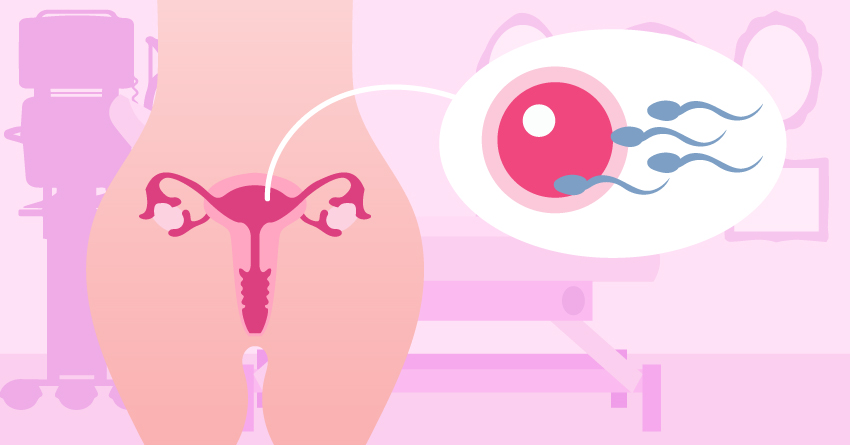
After the egg retrieval procedure, the eggs will be extracted from the follicular fluid. The eggs will then be cultured into an ideal environment. Meanwhile, sperm will be extracted from the semen fluid in the lab. After that, the eggs and sperm will be combined by using one or both of these common insemination methods:
Standard IVF Insemination – The sperm and eggs are placed in a culture dish overnight. They will be examined the next day to see if fertilization occurred or not.
Intracytoplasmic sperm injection (ICSI) – The specialist will get a single healthy sperm to directly inject into an individual mature egg. This insemination method is used if the sperm quality is low and fertilization through the standard method isn’t working.
-
₱9,500.00
-
₱4,990.00
4Embryo Culture & Embryo Transfer
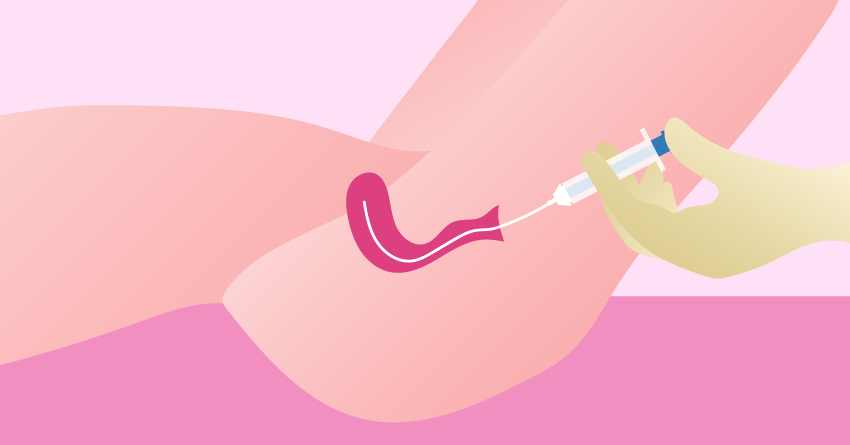
Once the fertilization takes place, and the embryo(s) is formed, the specialist will culture the developing embryo(s) in a special incubator, keeping an eye on its development. This phase aims to get the embryo(s) to reach the blastocyst stage, making them ready for transfer.
The embryo transfer, similar to the egg retrieval, will be done in the clinic. Depending on your specialist, this procedure will be done two to five days after the egg retrieval.
At the start of the transfer, you’ll be given a mild sedative, then the doctor will insert a thin and flexible tube (catheter) into your vagina, going through your cervix and into your uterus. A syringe containing the embryo(s) will then be attached to the catheter. After attaching the syringe, the doctor will insert the embryo(s) into your uterus.
Embryo transfer only lasts for about five minutes and only comes with mild cramping. Unlike egg retrieval, you can get up right away and continue doing your daily tasks. However, it’s advised to not engage in strenuous activity (such as intense workouts) 24 hours after the transfer.
5Luteal Phase
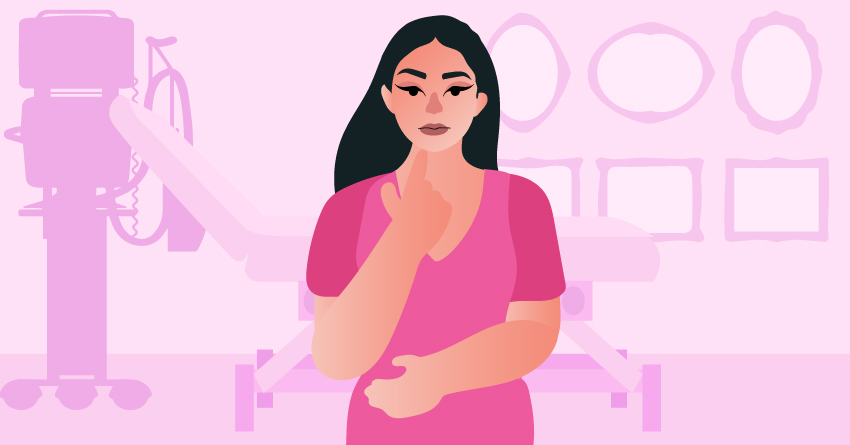
After the embryo transfer, all you need to do now is wait for the results, also known as the luteal phase. It’s the two-week period between the embryo transfer and the pregnancy test. During this period, you can still resume your work or daily tasks.
However, expect some side effects from the procedure, such as mild bloating, mild cramping, breast tenderness, constipation, or vaginal spotting. Consult your doctor first if you’re planning to take painkillers to alleviate the symptoms. If pain and discomfort persist, you may consult your doctor to see if there are complications, such as an infection, ovarian torsion, or severe ovarian hyperstimulation syndrome.
6Pregnancy Test
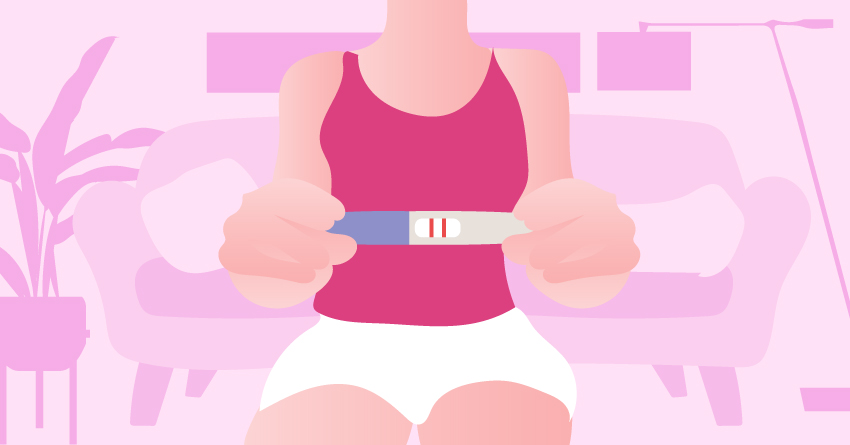
After approximately 14 days after the embryo transfer, you’ll take a blood test to see if you’re pregnant. If you’re pregnant, your fertility specialist will refer you to a pregnancy specialist for prenatal care. If you’re not pregnant, you’ll be advised to stop taking the prescribed medication. You can then attempt another IVF cycle or go for other options to have a child.
Things to Consider Before Taking IVF
After knowing what IVF is and the whole process, you may be interested in trying this procedure to successfully conceive a child. However, you’ll need to consider several things before taking the plunge.
1It’s a great treatment option for couples that are battling infertility.

In vitro fertilization is one of the most effective ways for people with fertility issues to achieve a successful pregnancy and healthy baby. It can work with patients with old age, blocked or damaged fallopian tubes, low ovarian reserve, undiagnosed infertility, polycystic ovary syndrome (PCOS), endometriosis, premature ovarian failure or menopause, ejaculation issues, low sperm production, abnormal sperm function, and etc. The IVF success rate in the Philippines is around 30 to 40 percent, depending on the fertility center.
-
₱4,045.00
-
₱3,850.00
-
₱6,435.00
-
Original price was: ₱3,995.00.₱3,395.75Current price is: ₱3,395.75.
2Not everyone is a good candidate for IVF.
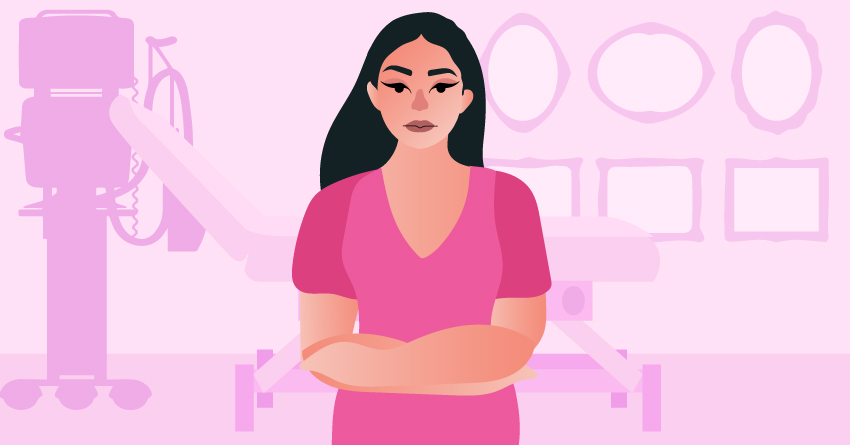
One of the benefits of IVF is that it works for almost anyone. The procedure isn’t restricted to the baby’s mother but can also be done on surrogate or gestational carriers if the mother has medical conditions that limit them in carrying the baby. It also works for many people, such as same-sex couples and even single women (still not allowed in the Philippines though, the procedure is limited to married couples).
However, this doesn’t mean that everyone is a good candidate for the process. Certain conditions may stop someone from having a successful IVF cycle, such as fibroid tumors, ovarian dysfunction, abnormal hormone levels, and uterine abnormalities. If you’re experiencing any of these conditions, you may want to think thoroughly before engaging in IVF, as the chances of getting pregnant with this procedure are low. You can also check this SART Patient Predictor to calculate your possible success rate on IVF.
3It’s a labor-intensive process.

IVF requires unmatched patience and effort. You will go through multiple tests, consultations, medications, ultrasounds, bloodwork, and so on. Your work may also be compromised, so consider taking a few weeks off for your IVF cycle.
-
₱120.00
-
₱675.00
-
₱120.00
4It’s expensive.

Aside from being labor-intensive, going through this procedure will cost a lot. Since infertility treatments aren’t covered in most health insurances in the Philippines, couples will need to shoulder the full expenses. Here are the estimated costs of getting IVF per clinic:
- Center for Advanced Reproductive Medicine & Infertility (St Luke’s) – Php 250,000 to Php 300,000
- Victory ART Laboratory – Php 400,000 to Php 500,000
- Kato Repro Biotech Center – Php 200,000 per drug-free IVF cycle, but couples will only pay Php 60,000 – 70,000 if pregnancy isn’t achieved.
Keep in mind that the rates listed above are for one IVF cycle only. The pre-treatment and post-treatment expenses are not included. So for those planning to get this procedure, make sure to prepare the budget for it.
5You and your partner may need to make some lifestyle changes.

Before undergoing IVF, fertility specialists recommend making lifestyle changes to give your body the best support during the treatment. This includes the following activities:
- Eating healthy and balanced meals.
- Engaging in mild workout sessions, except during the egg retrieval and embryo transfer phase of the IVF cycle.
- Avoiding household items with endocrine-disrupting chemicals, such as formaldehyde, parabens, triclosan, benzophenone, phthalates, dioxins, etc.
- Stopping medications that may interfere with your IVF medications.
-
₱5,395.00
-
₱2,800.00
-
₱985.00
-
₱4,495.00
6It may come with risks for your body and your baby.

Keep in mind that undergoing IVF can pose risks for you and your baby. You may experience mild side effects from the medications (mood swings, headaches, hot flushes, cramps), premature delivery, miscarriage, ectopic pregnancy, multiple births, and/or ovarian hyperstimulation syndrome. On the other hand, your baby may be born with low birth weight and/or get birth defects.
7Having a strong support system is essential.

Aside from health and birth risks, your mental health can also be affected. This treatment can cause emotional and financial stress for you and your partner, especially if pregnancy isn’t achieved after the IVF cycle.
This is why before getting this procedure, you and your partner must have a strong support system that can help you go through the IVF journey. You can also seek out a counselor or therapist to help you deal with the stress of this treatment.
-
₱5,600.00
-
₱2,695.00
-
Original price was: ₱8,095.00.₱7,285.50Current price is: ₱7,285.50.
-
₱8,095.00
8Getting an IVF doesn’t guarantee a pregnancy.

Before undergoing this treatment, you must remember that in vitro fertilization doesn’t guarantee a pregnancy. It may take two, three, or even five IVF cycles to get a successful conception. There are also cases that the couple may never successfully conceive.
This is why we recommend being hopeful with the treatment but don’t expect too much; you and your partner might end up with immense heartbreak after an unsuccessful cycle.
Takeaway
Undergoing in vitro fertilization requires adequate finances, a strong support system, and immense effort on you and your partner. But if nurturing your own child is your own and your partner’s life goal and is currently hindered with fertility issues, we recommend trying this treatment— once you’ve held your baby in your arms, it’s all worth it.
For more lessons about sexual health and pregnancy, click here for our health guides. You can also try sending a message to our resident sexpert, Dr. Sex; she’ll be glad to help you out.
-
₱1,245.00
-
₱5,850.00
-
₱3,400.00
-
Original price was: ₱4,995.00.₱2,995.00Current price is: ₱2,995.00.
